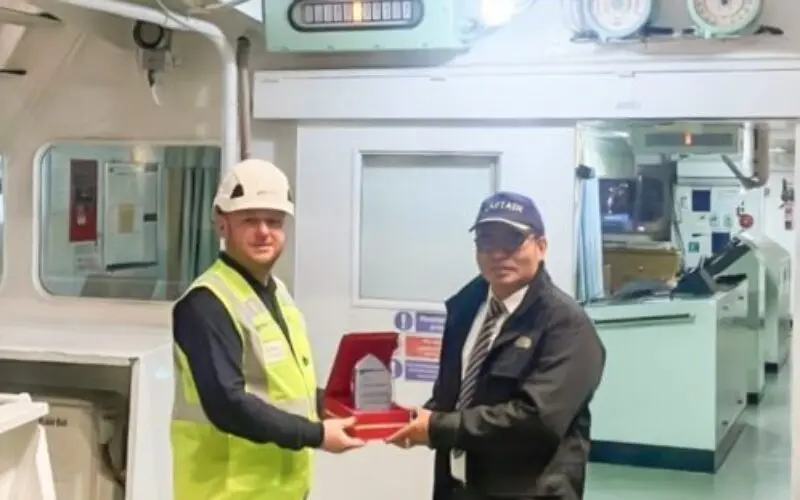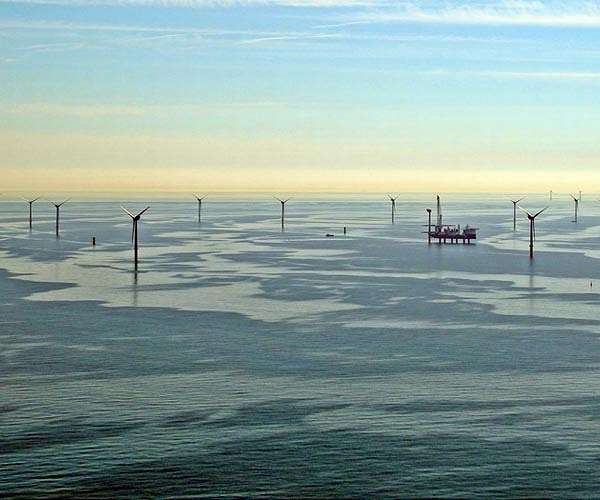
1. There used to be a lot of excitement around Planet X in days gone by, but it’s nothing like the excitement around Planet Twelve these days, or rather the company known as Twelve. They’ve done something rather unusual for the bioeconomy.
2. For many, the usual script calls for stalling on technology development or capital raising and pivoting to smaller markets. For others, it’s developing a solution and looking around for a problem. So, Twelve tried something that’s rarely been done, a few come to mind, LanzaTech for one — they set huge ambitions in SAF and a transformative technology, electrofuels, using hydrogen and waste CO2, stuck to it, and trained up the technology. Result? This month, a $645 million capital raise. It’s not the largest haul in the history of industrial biotechnology, but it’s on the podium, and no IPO required to complete it, with all the scrutiny that comes with it that so rarely benefits earlier-stage companies that will do great things but not always on the schedule anticipated by retail investors.
3. Twelve began some years ago known obscurely as Opus 12, which are to cognoscenti the variations Brillantes of Chopin, and a brilliant variation it was on the usual scheme for SAF, at the time. The world was going for HEFA fuels, and ran into the feedstock shortage problem, which caused prices to rise, airlines to cringe, big strategics to balk. Some feedstock developers, Sustainable Oils, Nuseed, Terviva and Covercress come to mind, have worked hard on expanding supply, but what is needed is millions of acres, now.
4. The idea of eSAF is elegantly simple. Carbon from waste CO2, hydrogen from (usually) water. Feedstock problem, solved, for perhaps the rest of the century. Now, comes the pesky problem of aggregating feedstock in the right way, conditioning it, avoiding bankruptcy via the well-known “splitting water with electricity at catastrophically low yields” path to ruin, and, more to the point, a process to combine the C and the H into a hydrocarbon.
5. Alvin Leung describes the Twelve system thus: “I work with the CO2 electrolyzer that takes water, CO2, and electricity to produce CO. Just like a typical water electrolyzer, the anode of our CO2 electrolyzer pulls electrons from the H20 to create gas phase oxygen (which leaves the anode in the water) and hydrogen ions (H+). The hydrogen ions conduct across our proton exchange membrane (PEM) to the cathode. The cathode is where the real magic happens: it mixes CO2 with the electrons pulled from the anode, water and the hydrogen ion to create CO and water. Our reaction is not 100% efficient so we do end up creating some hydrogen (which isn’t terrible since we need H2 to make syngas)… Ideally, we would put in just enough CO2 to fully convert to CO, but in reality we input more CO2 than is required for the reaction so we end up with some CO2 that exits from the cathode with the CO and the H2. It’s a closed system, so no CO2 is emitted! We measure how little CO2 is required by a value called CO2 to CO Utilization. All of our electrochemical work and stack design is about making this system last longer with higher NFY_CO and higher CO2 to CO Utilization.”
6. So, there you have it, presto change-o, soda into fuel. The’s not as lucrative as gold from lead but far more achievable in the real world, as alchemies go. So, where are the bands and bunting, the cheering crowds, the photo session in the White House Rose Garden, SAF Grand Challenge achieved, long-haul aviation saved, the “hard-to-decarbonize label” ripped off the sector.
7. Well, more from Twelve’s Leung on this: “The CO is then combined with H2, electrolyzed via water electrolysis, to make synthesis gas, a combination of CO and H2, often referred to as syngas. The Syngas is sent through a Fischer–Tropsch process which converts it into liquid hydrocarbons. This resulting mix of hydrocarbons resembles crude oil produced conventionally, which can then be processed in many different ways.”
8. Ah, Fischer-Tropsch. From that pathway, in the field of industrial technology, never has been made so little A, by so many B, from so much C. Substitute fuel, companies, money for A, B. C. Personally, I have no problem with Fischer-Tropsch technology. However, I think of Abraham Lincoln after the battle of Chancellorsville, committed to the cause, willing to do anything to save the Union, yet 17,000 causalities on the ground, the Army of the Potomac driven from the field, and Lincoln wondering how exactly he was going to win the war. Of course, he found a way, starting just two months later, at Gettysburg. So, we can be hopeful. Yet, Gettysburg was a close thing. The battle for Little Round Top, you could reasonably hang the future of slavery on the defense of the redoubt by the 20th Maine Infantry Regiment commanded by Joshua Chamberlain, and a bayonet charge, which sounds romantic until you consider the Union took the measure after running low on ammunition, that was bravery on a heavenly level.
9. The Little Round Top of the industrial bioeconomy, you could safely place it at Moses Lake in Washington state, that’s where Twelve is building out its system. There’s more than $645 million at stake, and the prospects for a single company; a lot is riding on this one. Happily, this capital raise, they won’t run low on ammunition. Moses Lake is as unlikely a pivotal point for industrial bioeconomy as the fields of southern Pennsylvania were for the future of the United States of America. Yet, then as now, here we are.
10. Before the arrival of the Grand Coulee project in the 1930s, there wasn’t much here, at Moses Lake that is.. Take a right at the beautiful concert venue, the Gorge Amphitheater of the Columbia Gorge, head east until you see the sand dunes, take a right until you see the mud flats. Then look for a small town about twenty clicks north of the Pothole Reservoir. Grand Coulee is a pretty big source of cheap power and water, and you might wonder what it’s doing in Grant County, until one points out that the water and power was used to run Reactor B, where they made plutonium for the Manhattan Project. The Trinity Test in Los Alamos — yep, that plutonium.
11. These days, Grand Coulee’s power and the nearby sources of water are used for less exotic applications, perhaps int his case no less important, if you recall that the Pacific theater if World War II began as an energy resources war. We’re still scrambling to make the world’s energy supply sustainable and secure. Twelve has a place in that. If it works and when it works at sufficient scale. Not unlike the challenges faced in the Manhattan Project. So, it’s not entirely without some symmetry that most people first learned about Twelve when it was a small Cyclotron Road project, Etosha Cave presented an enormously well-received talk at ABLC NEXT early on, and it’s been a company that just keeps making friends and winning admirers.
12. The FT technology partner for some time has been Emerging Fuels Technology, EFT, and among the challenges that the company faces on the journey to scale, quite a bit is falling on EFT’s shoulders.So, we’ll see them on the ABLC Next stage in a few weeks, and we’re looking forward to learning more. Until then, I’ll put Chopin’s Opus 12 on the palyer, remembering that Franz List said it was Chopin’s favorite of all his works.. “The tone, though small, was absolutely beyond criticism, and although his execution was not forcible, nor by any means fitted for the concert room, still it was perfect in the extreme,” Liszt later wrote. Small, yes, variations brilliantes, indeed. Will it go? Well, Reactor B did, so let’s assume an attitude of hope and confidence.







